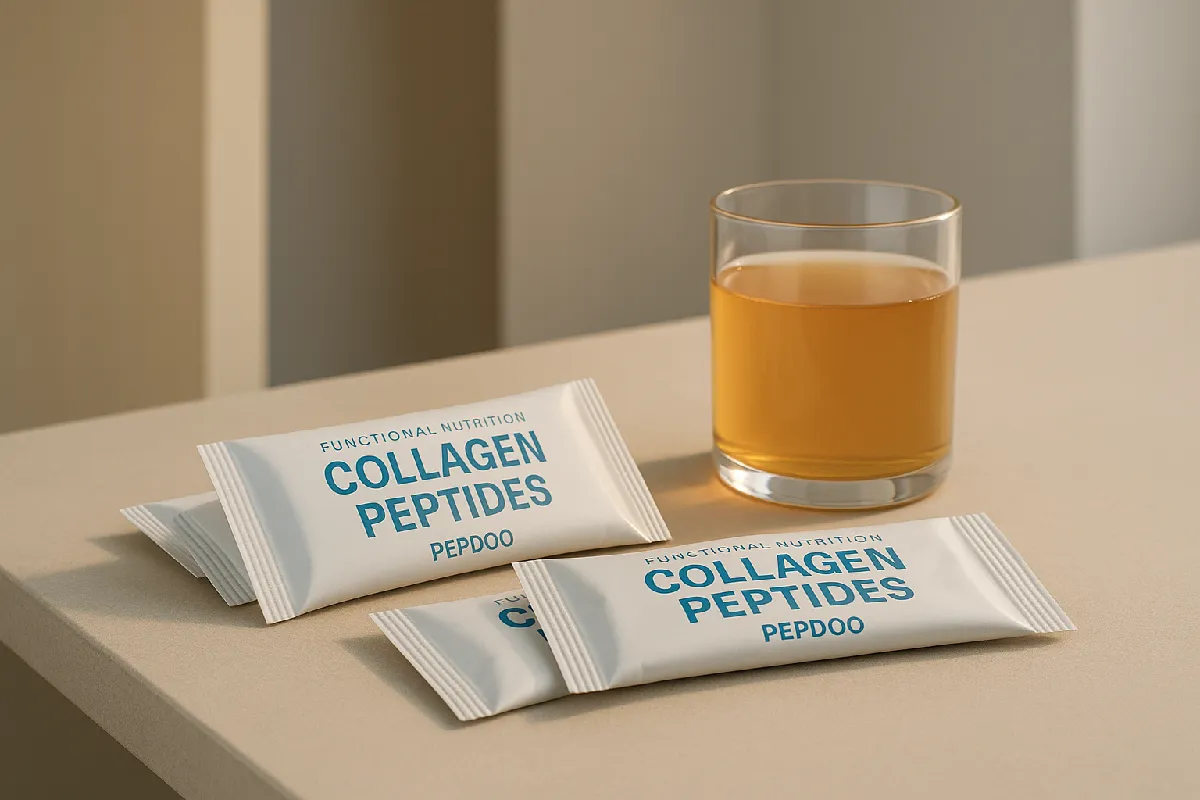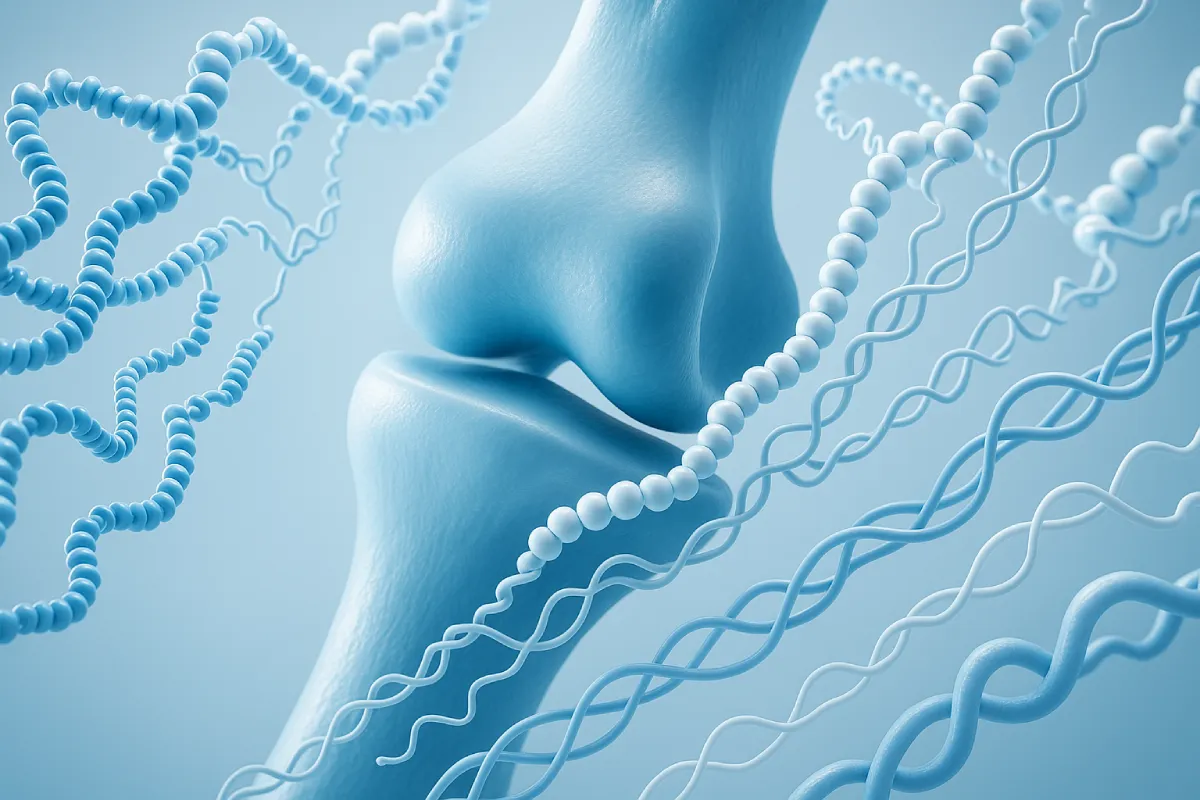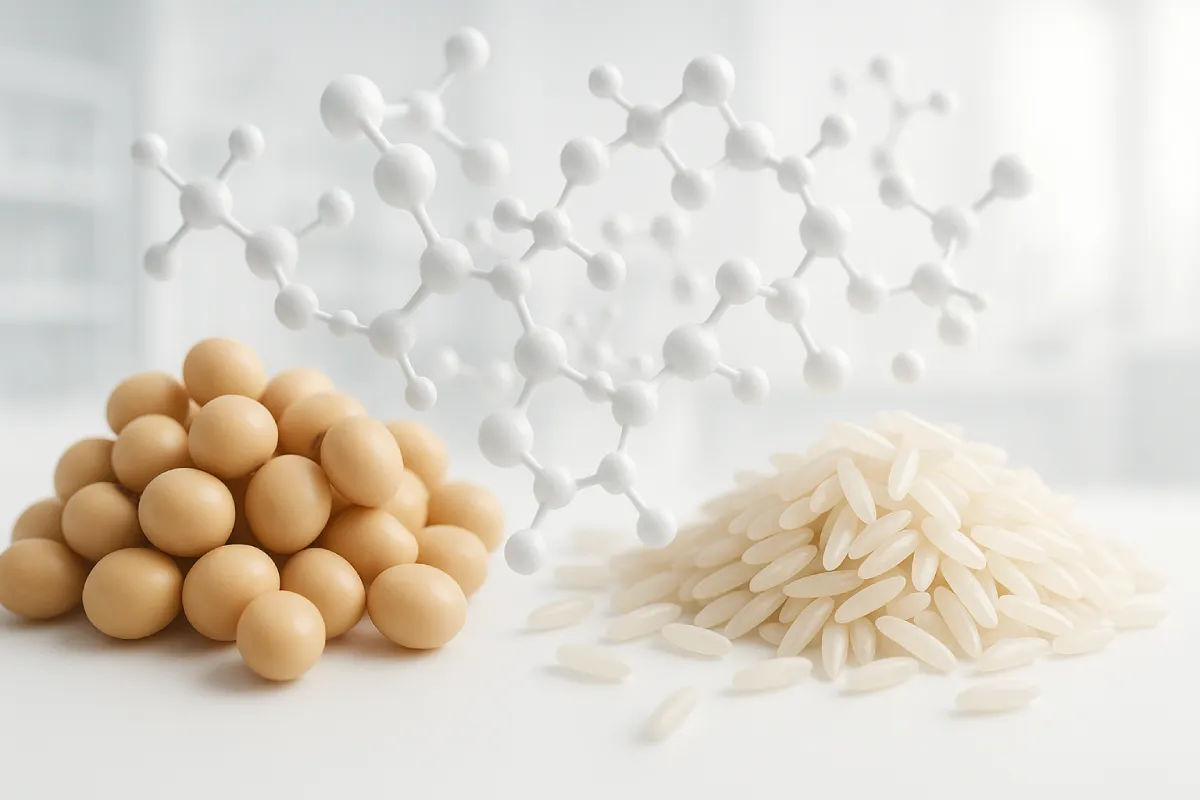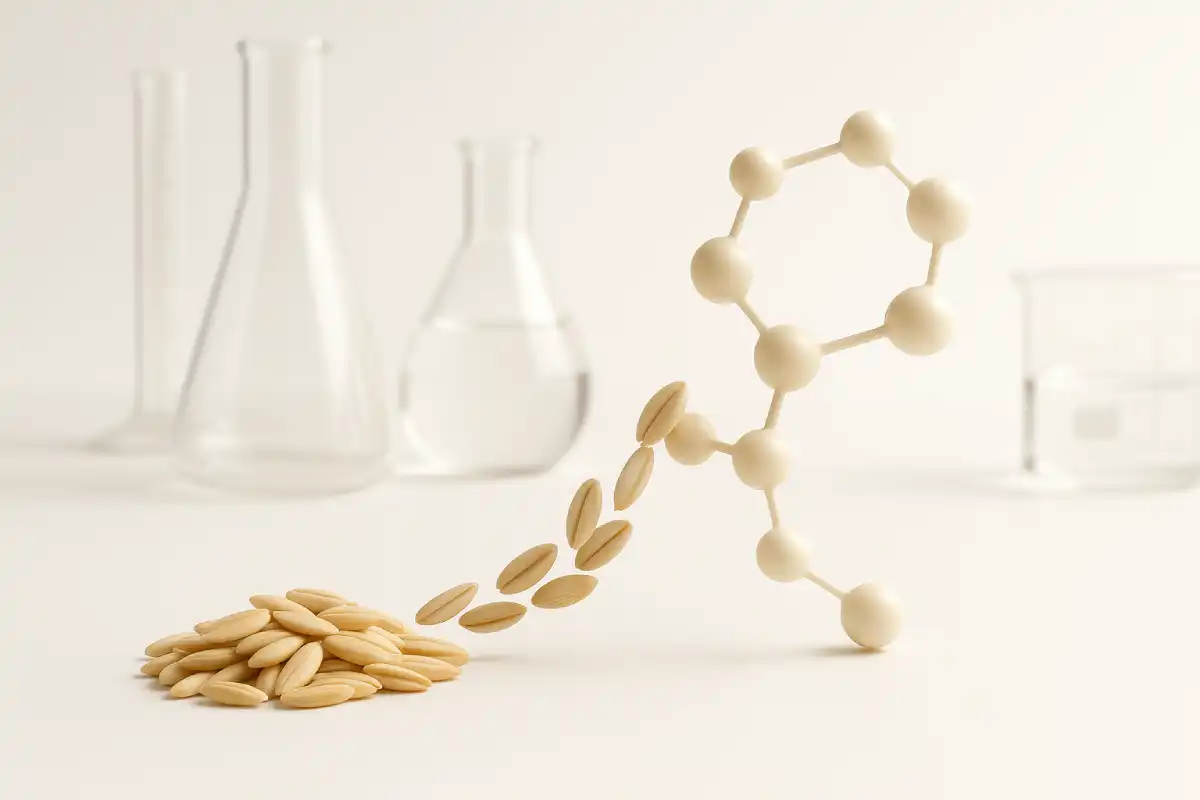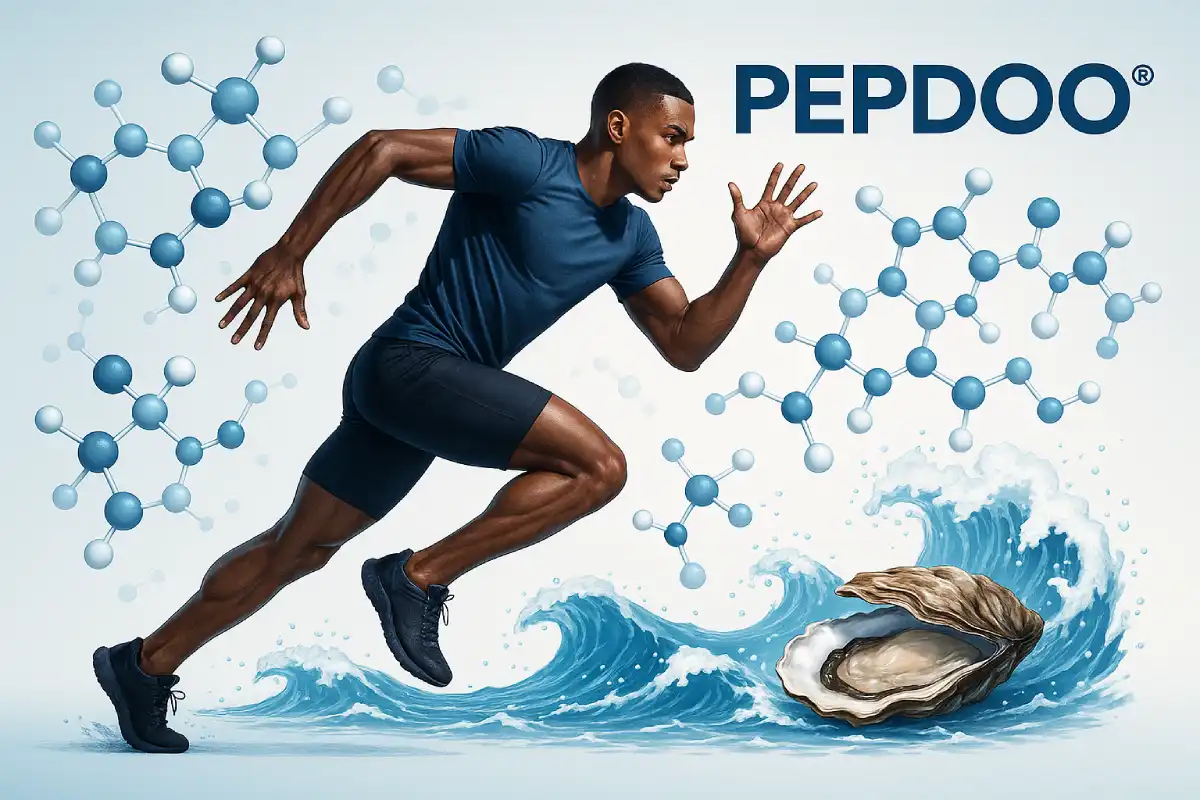Why Enzymatic Hydrolysis Matters
In the growing world of functional nutrition and health supplements, bioactive peptides are emerging as powerful ingredients with proven health benefits—from promoting skin elasticity to supporting immune function and muscle recovery. But how are these tiny protein fragments created?
The answer lies in enzymatic hydrolysis—a natural, controlled process that breaks down protein into beneficial peptides. In this article, we’ll walk you through what enzymatic hydrolysis is, how it works, and why it’s so essential for unlocking the full potential of peptides in modern health products.
1. What Is Enzymatic Hydrolysis?
At its core, enzymatic hydrolysis is a process that uses specific enzymes (known as proteases) to break down protein molecules into smaller units—peptides and amino acids.
Think of protein as a long chain made of building blocks. Enzymatic hydrolysis acts like a pair of molecular scissors that cut the chain at precise locations, releasing shorter peptide chains with targeted health benefits.
Unlike acid or alkaline hydrolysis (chemical methods), enzymatic hydrolysis:
Works under mild conditions (pH and temperature)
Produces fewer byproducts
Maintains nutritional and functional integrity
This is why it’s considered a clean label and eco-friendly technology in the functional food and supplement industry.
2. How Enzymatic Hydrolysis Creates Bioactive Peptides
So, how does this technology actually produce bioactive peptides?
The secret lies in selective enzyme activity. Enzymes can be tailored to cut specific bonds within a protein, creating peptides that retain or even enhance bioactivity. Some of the most commonly used enzymes include:
Trypsin
Pepsin
Papain
Alcalase
Flavourzyme
Key factors that affect peptide quality include:
Degree of Hydrolysis (DH) – how much the protein is broken down
Time and Temperature – optimized for maximum bioactivity
pH Levels – different enzymes have different ideal pH zones
By adjusting these conditions, manufacturers can control the size, structure, and functionality of the resulting peptides.
3. What Makes a Peptide Bioactive?
A bioactive peptide isn’t just a broken piece of protein—it’s a functional molecule with biological effects. These include:
✅ Antioxidant: Helps neutralize free radicals and reduce oxidative stress
✅ Anti-inflammatory: Supports immune balance and recovery
✅ Antihypertensive: Regulates blood pressure through ACE inhibition
✅ Antimicrobial: Defends against harmful bacteria
✅ Satiety and Metabolism: Helps manage weight and energy levels
✅ Skin Health and Collagen Boost: Promotes elasticity and hydration
The benefits depend largely on the sequence of amino acids in the peptide chain—which is exactly what enzymatic hydrolysis can tailor.
4. Why Choose Enzymatic Hydrolysis Over Other Methods?
✔️ Precision and Control
Enzymes are highly specific, which means the process can be finely tuned to produce desired peptide lengths and structures.
✔️ High Bioavailability
Peptides produced through enzymatic hydrolysis are smaller and easier for the body to absorb.
✔️ Eco-Friendly and Natural
It avoids harsh chemicals, making it safer and more sustainable—ideal for clean-label products.
✔️ Scalability
With advanced reactors and process automation, the technology is fully scalable for industrial peptide production.
5. Real-World Applications: Where You’ll Find These Peptides
You’ve probably already consumed peptides created through enzymatic hydrolysis—especially if you take supplements or drink functional beverages.
🌟 Examples include:
Fish collagen tripeptides – for anti-aging and joint support
Soy peptides – for metabolism and muscle repair
Whey peptides – for sports performance and recovery
Oat peptides – for satiety and heart health
Albumin peptides – for liver and immune health
These peptides are commonly found in:
Protein powders
Collagen drinks
Functional snacks
Nutraceutical capsules

6. The Future of Enzymatic Hydrolysis in Health & Nutrition
As the science advances, so does the sophistication of this technology.
Emerging innovations include:
💡 AI-designed enzymes for better selectivity and efficiency
🔬 Multi-enzyme systems that mimic natural digestion for higher yield
🧪 Smart bioreactors that automatically adjust pH, temperature, and flow
👩⚕️ Precision nutrition: Custom peptides for specific health conditions
As personalized health continues to grow, enzymatic hydrolysis is positioned to play a leading role in developing next-gen functional ingredients.
Enzymatic Hydrolysis Is the Key to Unlocking Functional Nutrition
In summary, enzymatic hydrolysis technology is not just a method—it’s the backbone of modern peptide innovation. It allows scientists and product developers to transform everyday proteins into targeted health solutions.
Whether you’re a brand, formulator, or health-conscious consumer, understanding this process gives you a clearer view of what makes functional peptides truly effective.
👉 Looking to develop innovative peptide-based products? At PEPDOO®, we apply cutting-edge enzymatic hydrolysis technology to craft bioactive ingredients tailored for health and wellness markets worldwide. Contact us today to learn more.
🧩 FAQs: Enzymatic Hydrolysis & Bioactive Peptides
Enzymatic hydrolysis is a natural and efficient process where specific enzymes break down large protein molecules into smaller, more bioavailable peptides. This technique preserves functional components, enhances nutrient absorption, and avoids the harsh conditions of chemical hydrolysis.
During enzymatic hydrolysis, enzymes such as proteases target specific peptide bonds in proteins, releasing short-chain peptides with biological functions. These peptides can support various health benefits like anti-aging, immune boosting, and muscle recovery.
Bioactive peptides have a range of health benefits depending on their amino acid sequences. Common functions include antioxidant activity, anti-inflammatory effects, blood pressure regulation, immune modulation, and skin hydration improvement.
Yes. Enzymatic hydrolysis is more selective, environmentally friendly, and safer than chemical hydrolysis. It avoids high temperatures and strong acids/alkalis, ensuring the resulting peptides are intact, bioactive, and suitable for human health applications.
Commonly used enzymes include pepsin, trypsin, papain, bromelain, and microbial proteases. Each has unique specificity, allowing tailored hydrolysis to produce targeted peptide profiles based on the desired health function.
Bioactive peptides are widely used in collagen drinks, functional foods, sports nutrition powders, anti-aging supplements, and even medical nutrition products. They are also incorporated in skincare and pharmaceutical formulations.
Yes. Bioactive peptides produced through enzymatic hydrolysis are generally recognized as safe (GRAS) and are derived from natural protein sources like fish, milk, soy, and egg. They are non-GMO and free from harmful residues.
The quality is controlled by selecting specific enzymes, optimizing hydrolysis time, temperature, pH, and monitoring the Degree of Hydrolysis (DH). Advanced methods like enzymatic fingerprinting and peptide mapping ensure batch-to-batch consistency.
Emerging trends include AI-driven enzyme design, precision fermentation, and integration of enzymatic hydrolysis with omics-based ingredient discovery. These innovations aim to create highly targeted, sustainable, and clinically proven peptides.

